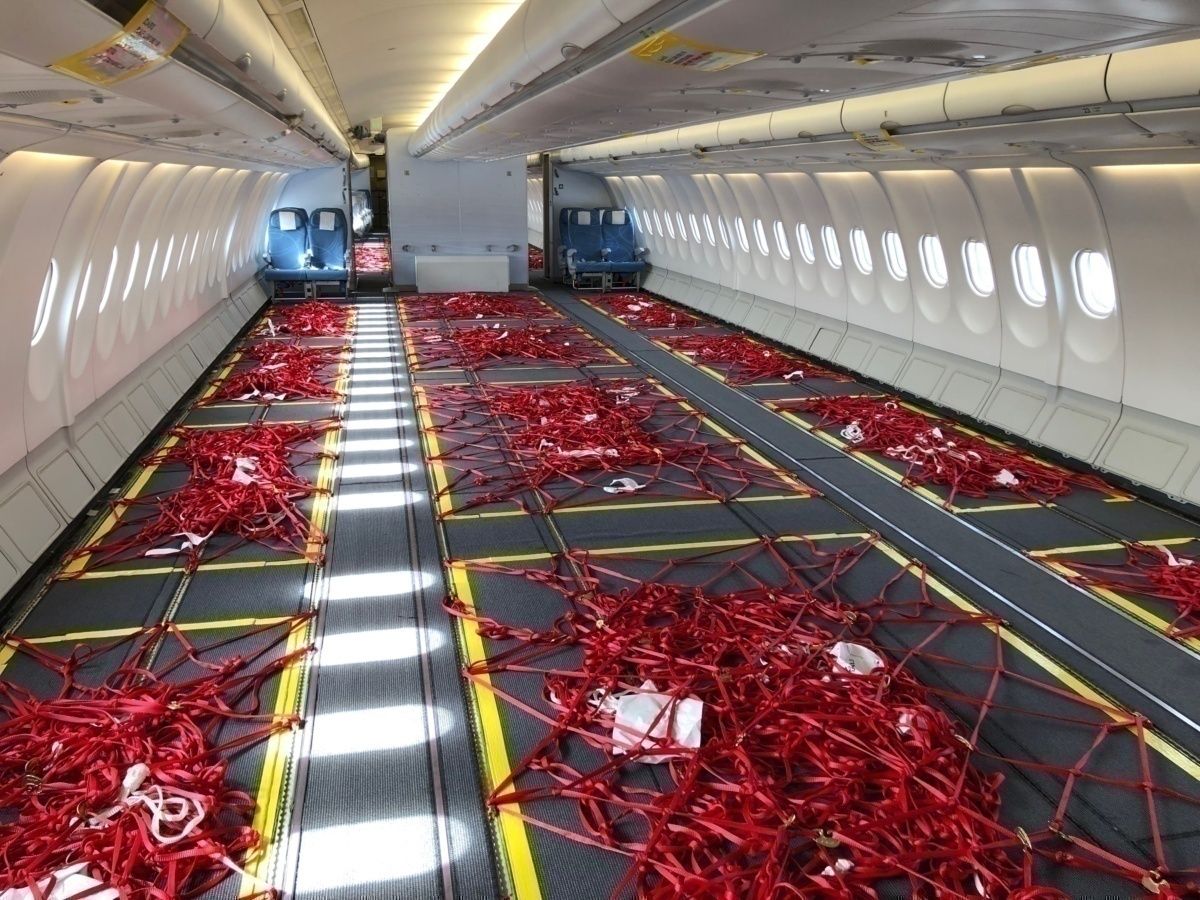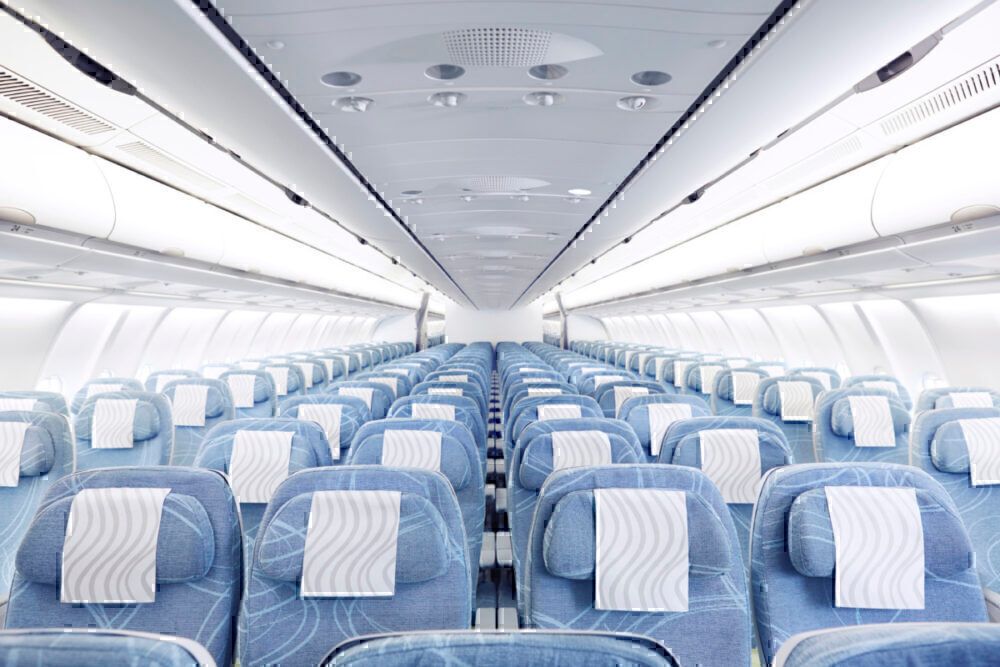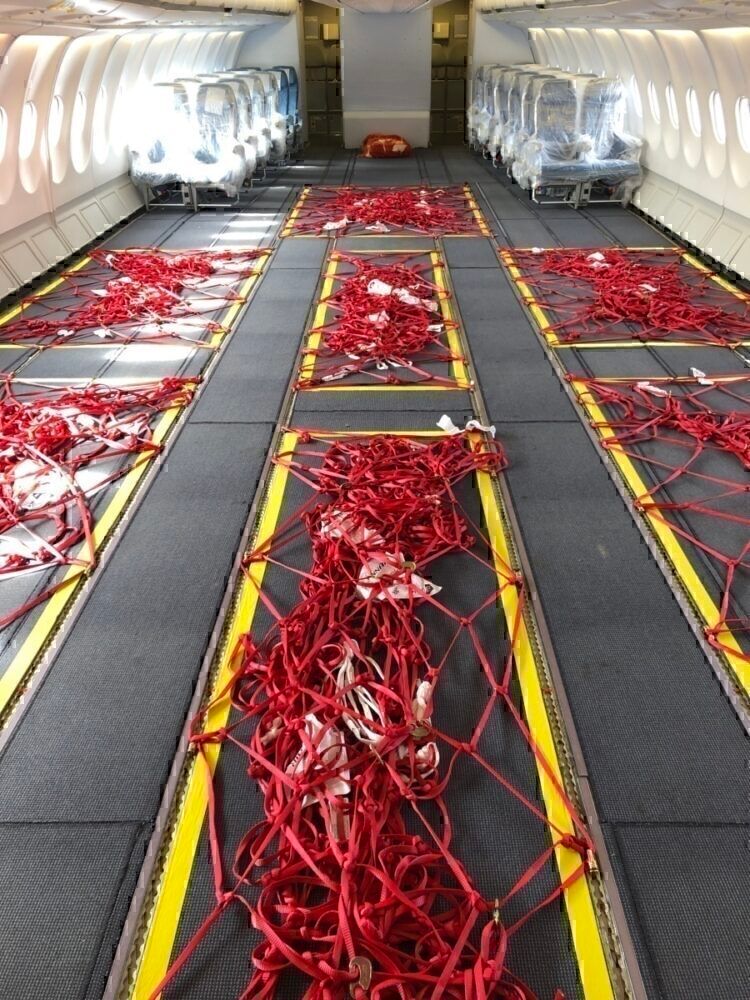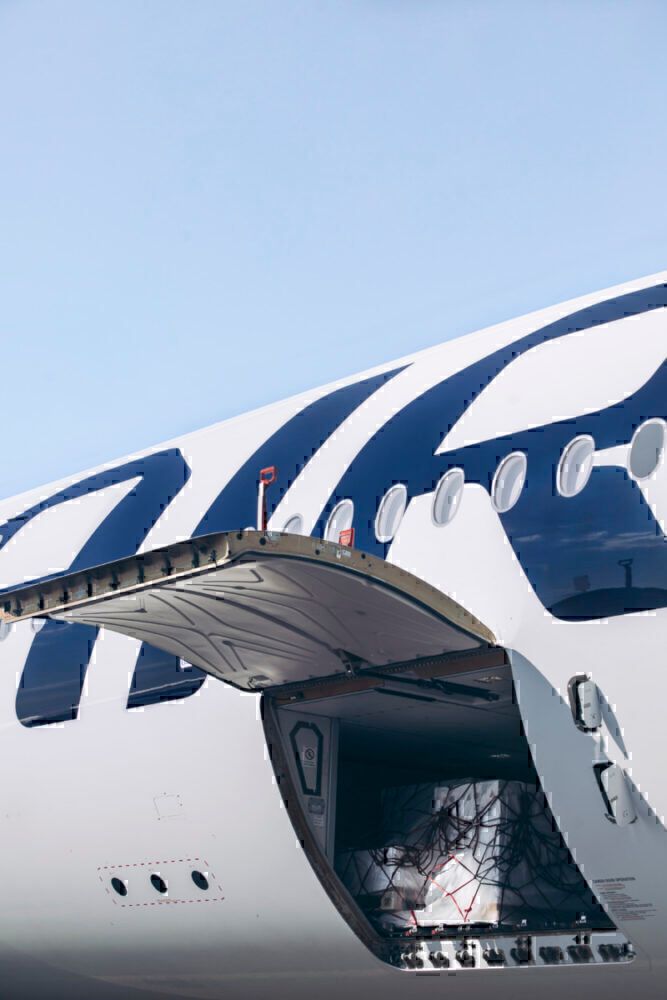Following the conversion of two A350s for cargo operations, Finnair has gone ahead and turned two of its smaller A330s into cargo shifters too. The two aircraft were modified in less than two days, removing passenger seats and installing cargo nets to transport lighter loads in the cabin.
Finnair converts two A330s for cargo
Finnair has joined other major airlines in converting its passenger aircraft for cargo operations. Following on from the conversion of its A350s last month, the airline has now converted two A330s to carry cargo in the passenger cabin too.
The modifications were completed in under two days, removing all seats and installing cargo nets to keep the goods safe. Finnair says that, when the time is right, it will be able to reinstall the passenger seating rapidly too.
Mikko Tainio, Managing Director of Finnair Cargo, commented on the conversion in a statement, saying,
“Functioning logistic connections are always critical for the world economy, but their meaning is heightened during the crisis. To ensure the availability of national emergency supplies, it’s important to be able to access goods from another continent in a matter of hours.â€
The airline has previously converted two of its widebody A350s into cargo planes, removing all the seats and fittings to make room for more bags and boxes. CEO of the airline, Topi Manner, noted in a tweet in mid-April that it was studying the conversion of its A330s too.
While the A330 can’t compete with the A350 for moving heavier loads long distances, the airline is using these specifically for lighter freight. Loading is undertaken through the passenger doors of the aircraft, so the cabin would only be suitable for relatively light boxes that can be moved by hand.
The belly of the aircraft will also be used for transporting heavier loads.
The ongoing importance of cargo
With limited opportunities for passenger flights and a predicted slow recovery for the industry, airlines like Finnair are increasingly reliant on cargo to sustain their business. Reported to be losing €2m ($2.2m) every day, the airline has turned to moving goods to keep at least some flow of revenue.
Since mid-April, the airline has been operating a cargo bridge between Asia and Europe. Many of these flights have focused on transporting vital PPE as well as taking coronavirus tests out to South Korea. However, with fewer passenger aircraft flying with belly-fulls of cargo, the airline is also providing crucial capacity for regular air freight too.
Tainio said,
“By offering cargo connections between different continents, we can do our part to help the world to recover from the impacts of the pandemic. Thanks to the demand for cargo, we’ve been able to keep more of our planes in the sky and people employed both in the air and in our terminal operations.â€
Throughout April and May, Finnair has undertaken cargo flights to a number of large cities in Japan, China and Korea, as well as to Brussels and Tallinn in Europe. Last week, it also began flying to Bangkok and New York, and says it is currently operating more than 50 one-way cargo flights every week.




